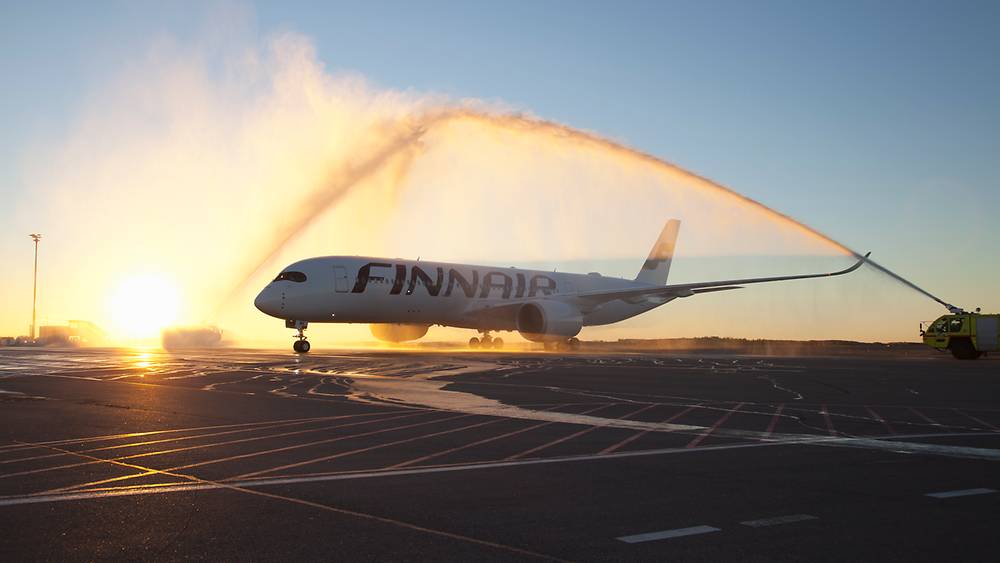As many travellers become exposed to a lot of congestions — on airports and on the road — the Society for Vascular Surgery has a few tips for travellers to stay healthy during the holiday season.
According to the organisation, nearly one in three Americans travelled during the holidays last year. And while sometimes, the last thing on travellers’ minds during the holidays is focusing on personal health, the organisation believes that this should be a priority. Below are a few useful holiday travel tips this season.
Wash your hands
More holiday travellers mean more exposure to sickness and germs this time of year.
Remember to wash hands frequently and for at least 15 seconds. For times when you have no access to a faucet, carry a travel-size bottle of hand sanitizer and remember to use it before eating or drinking and after touching surfaces in airports or train stations, on planes and on trains. Carry a package of disinfectant wipes for dirty surfaces around your assigned seat. Don’t forget to wipe the seatbelt buckle.
Drink plenty of fluids
Remember to stay hydrated while travelling. Most airports have water stations to let you fill up your personal water container from home so you don’t have to buy plastic water bottles. Flying can cause dehydration, so increase your water intake. Juices with vitamin C are also a good choice as are supplements that support immune system health. Remember that coffee and alcohol can cause dehydration, making you susceptible to infection.
Find time to de-stress
Many people do not realise how much stress they put on their bodies during the holidays.
The stress hormone cortisol can affect the body’s immune system to fight potential infection. Take breaks and find a quiet place to decompress and be sure to get plenty of sleep. Try for at least six to eight hours, as people who sleep less are more likely to get a cold.
Keep moving
Inactivity of four hours or more may contribute to DVT, also known as deep vein thrombosis, or deep vein blood clots. DVT occurs when blood thickens in a clump that becomes solid, forming a clot.
Nearly 300,000 first-time cases of DVT occur in the US every year, usually in the leg. Travelling long distances without moving poses an increased risk of DVT and the risk of DVT doubles after four hours or more of travel. Not everyone shows symptoms, which include swelling, pain and tenderness, or change of colouring in the affected leg.
If you can, incorporate short exercises such as walking for 20 minutes in the airport terminal. During a trip, try some seated leg and foot exercises such as ankle circles, leg lifts and calf stretches. This encourages blood flow and reduces blood stagnation.
Wear loose clothing, so blood flow is not constricted. Higher-risk individuals include people over age 40, smokers and people with a previous history of DVT, high blood pressure, diabetes or who are overweight. The risk of blood clot complications due to DVT can remain elevated for up to four weeks after a flight. If you believe you may be at higher risk, speak to a doctor, such as a vascular surgeon, prior to travelling.



 share
share









































